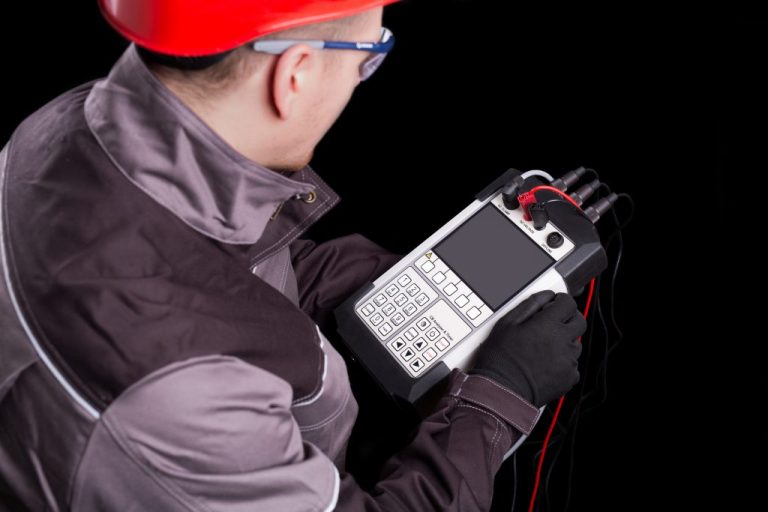Electrical testing is a critical maintenance task that ensures that key equipment and systems in your business are operating efficiently year-round. Specifically, electrical testing may be carried out for several reasons, such as:
• Quality assurance tests on electrical components
• Diagnostic testing
• Fault finding on electrical plants
• Routine safety checks
There are also legal requirements around testing…
The Law
The main pieces of legislation relating to electrical-testing activities are:
• Electricity at Work Regulations 1989: Regulation 4(3) requires that work on or near an electrical system ‘shall be carried out in such a manner as not to give rise, so far as is reasonably practicable, to danger’. Regulation 14 places a strict prohibition on working on or near exposed live conductors unless:
• It is unreasonable in all circumstances for it to be dead
• It is reasonable in all circumstances for the work to take place on or near the live conductor
• Suitable precautions, including the provision of suitable protective equipment where necessary, have been taken to prevent injury
• Management of Health and Safety at Work Regulations 1999: Requires that a suitable and sufficient risk assessment is made
Risks Associated With Electrical Testing
There are several risks associated with carrying out electrical testing and injury can occur when:
• Live electrical parts are exposed and can be touched
• Metalwork that is meant to be earthed becomes live at a dangerous voltage
It is more likely that this will happen during electrical testing and fault finding, when conductors at dangerous voltages are often exposed. You can minimise this risk if testing is done while the equipment is isolated from any dangerous source of supply, although this is not always possible. Take care to prevent contact with any hazardous internally produced voltages.
The most serious injuries are caused by electric shock. The effects of a shock are largely unpredictable and can easily lead to a fatal injury. However, there is also a risk of burn injuries from arcing when conductors are accidentally short-circuited. Another risk can be caused by a person reacting to an electrical injury, such as falling from an access ladder or being traumatised by the experience.
Carrying Out a Risk Assessment
You must carry out a risk assessment before testing begins, to help you identify the measures to take. Consider the following when assessing the risk of injury from electrical-testing work:
• The level of voltage, charge or current
• The nature of the environment
Managing Electrical Testing
You must provide a safe working environment and establish a safe system of work for your employees. The results of your risk assessment will help to identify the steps you need to take to do this. Employees must cooperate and take reasonable care for their own and other people’s safety while they are at work.
Protecting the People Doing the Testing
You must put effective measures in place to protect the people doing the testing, in order to prevent them from coming into accidental contact with dangerous exposed conductors. This might be either a single-hand contact with a source of energy which has one of its supply conductors connected to earth, or another area of conducting surface.
Class I equipment is in this category because the mains at source are earth-referenced; so is electronic equipment where a large metal surface (or chassis) is connected to the source. There is also a risk of injury from sources of supply which are not earth-referenced and where accidental simultaneous contact with both poles of the supply is possible.
Choosing Test Equipment
Where possible, test equipment should be of a proprietary design. In this case, the manufacturer should have taken an account of its safety performance during use. Where applicable, test equipment should be manufactured to BS EN 61010.
Ensuring Safe Systems of Work
Details of safe systems of work for testing activities should, wherever it is reasonably practicable to do so, be documented. To produce a workable system, all personnel should be involved in preparing the safe systems of work. The completed documents, which will need to be reviewed from time to time, should be made readily available to employees.
Training
All personnel involved in testing should be given specific safety training that is relevant to the work they are doing. Appropriate training or instruction must also be given to anyone who may attempt to enter test areas and approach test benches.
You are likely to need to provide new training whenever any of the following changes take place:
• Product design, layout and installation
• Production or working methods
• Test methods and instruments
• Test personnel and others who may be affected
For further advice regarding the requirements for health and safety at your business please contact your local commercial branch

